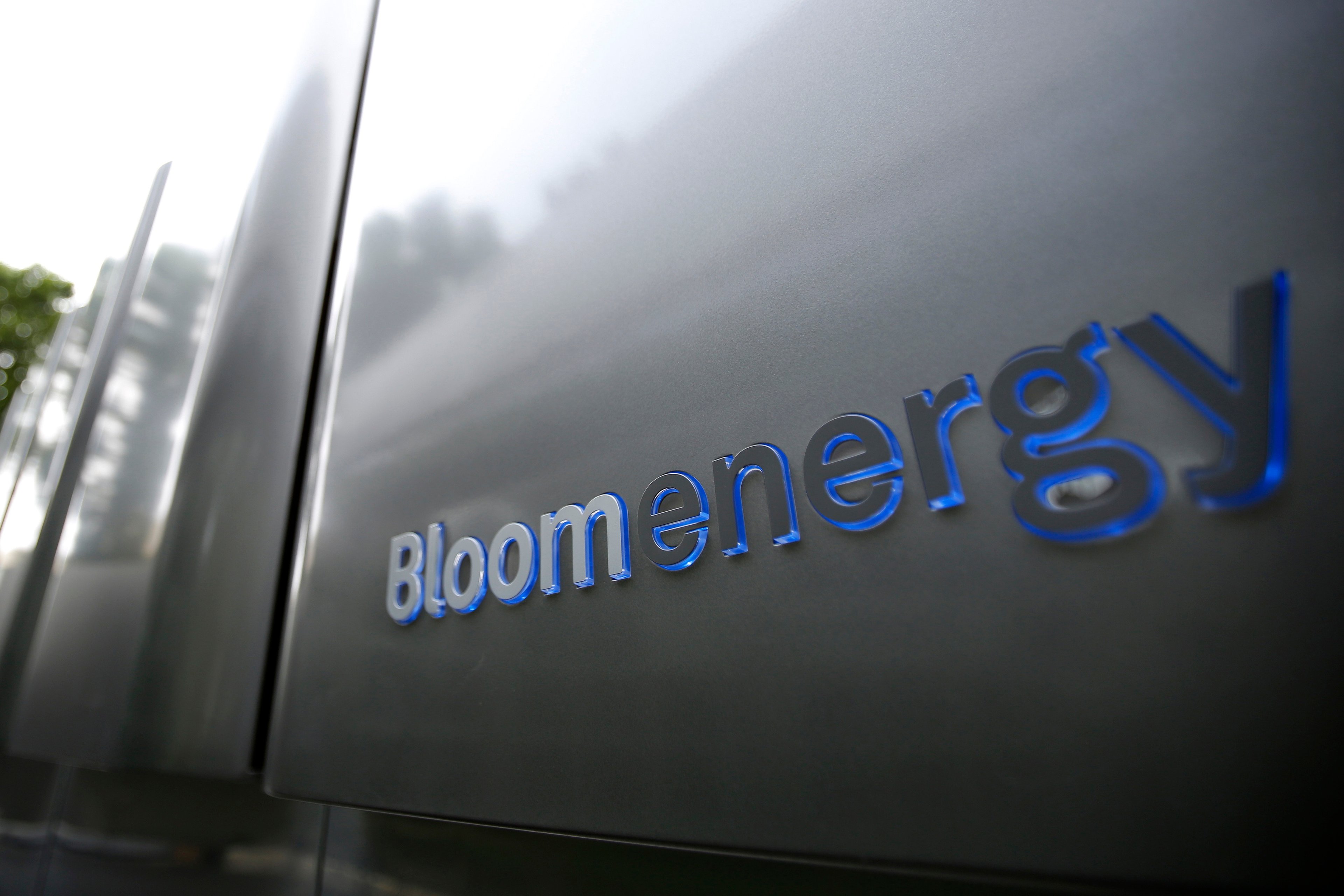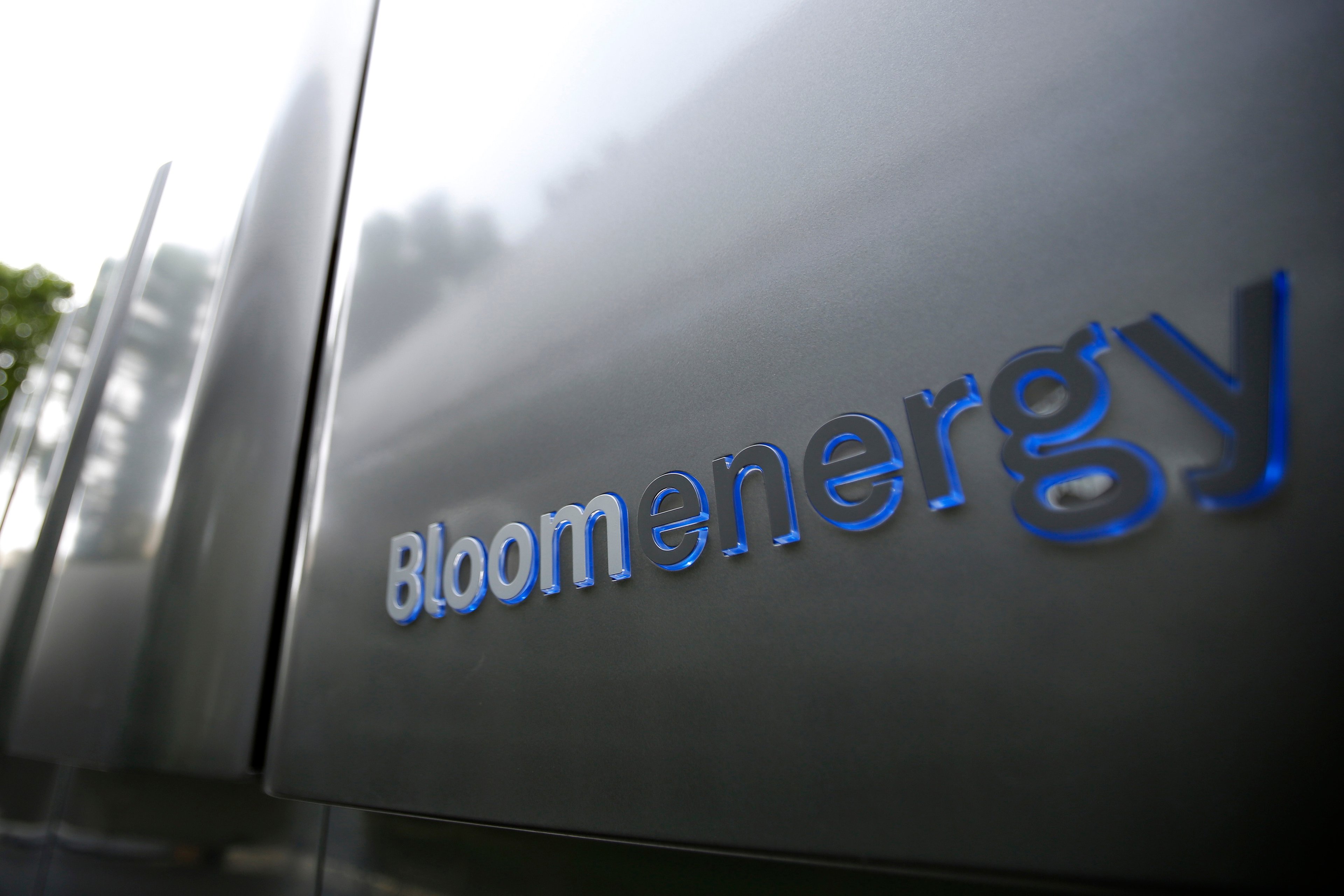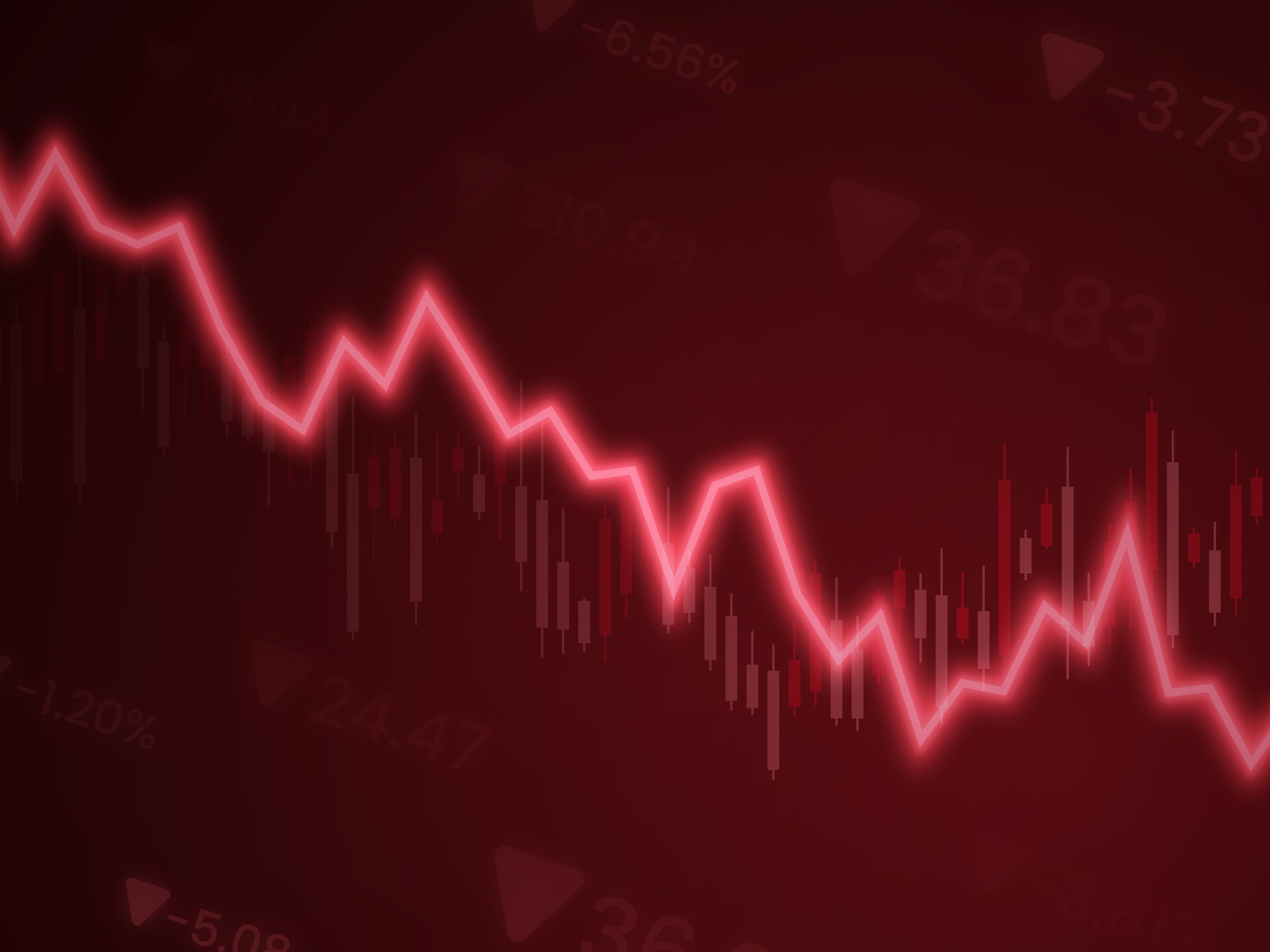It's been a brief, albeit rough, life on the public markets for Bloom Energy (BE +10.04%). Shares of the fuel cell developer, formerly a start-up darling in Silicon Valley, have fallen 58% since the initial public offering (IPO) in 2018. They've fallen even further from all-time highs set shortly after their market debut.
Why have the public markets been so unforgiving? There are a handful of reasons, but they all point back to challenging economics. Bloom Energy has struggled to rein in operating expenses and needs to significantly scale product sales just to reach break-even operations. It generated an operating loss of $147 million in the first nine months of 2019.
That said, investors are hoping that solid progress achieved in the third quarter of 2019 was the beginning of a trend. Can Bloom Energy maintain the momentum in 2020?

Image source: Getty Images.
By the numbers
Bloom Energy has commercialized a solid oxide fuel cell technology that creates electricity from methane, which can be sourced from natural gas or biogas. The product, called an Energy Server, is used by customers to generate on-site, uninterrupted power with lower carbon dioxide emissions and water consumption compared to electricity sourced from the grid.
The company primarily generates revenue by selling Energy Servers, but also generates revenue through installation, service, and electricity fees. In the first nine months of 2019, product sales were responsible for roughly 75% of total revenue. It was also the only segment with a positive gross margin.
Investors were able to brush that concern aside when third-quarter 2019 operating results were reported, as they showed solid progress in important metrics. Bloom Energy reported that acceptances, measured as 100 kW installments of Energy Servers, grew 47% from the year-ago period. Volume growth coupled with increased product gross margin and lower operating expenses led to Bloom Energy's best all-around quarter as a public company.
|
Metric |
Q3 2019 |
Q3 2018 |
Change |
|---|---|---|---|
|
Acceptances |
302 |
206 |
47% |
|
Total revenue |
$233.5 million |
$190.2 million |
23% |
|
Gross profit |
$53.5 million |
$23.4 million |
129% |
|
Operating expenses |
$78.1 million |
$89.5 million |
(13%) |
|
Operating income |
($24.6 million) |
($66.1 million) |
N/A |
Data source: Press release.
Investors are hoping the margin improvements in the third quarter become a trend. That would certainly be welcomed given the performance from the first nine months of 2019, which was primarily affected by poor margins in the first half of the year:
|
Metric |
First Nine Months 2019 |
First Nine Months 2018 |
Change |
|---|---|---|---|
|
Acceptances |
808 |
552 |
47% |
|
Total revenue |
$667.9 million |
$528.4 million |
26% |
|
Gross profit |
$110.9 million |
$99.8 million |
11% |
|
Operating income |
($147.4 million) |
($65.7 million) |
N/A |
|
Operating cash flow |
$139.2 million |
($13.6 million) |
N/A |
Data source: Press release.
Luckily for investors, there are concrete reasons to think that a trend is underway just in time for 2020, which turns out to be a crucial year for the fuel cell developer.
A make-or-break year for this fuel cell stock
Bloom Energy increased product gross margin to 48.5% in the third quarter of 2019, compared to 24.1% in the year-ago period. The improvement was the result of a reduction in stock-based compensation, higher average selling prices, and lower product costs. The latter was driven by increased sales volume and reductions in material costs -- and reduced material costs may prove to be the most sustainable improvement.
Considering the company is expecting operating expenses of less than $50 million and acceptances between 355 and 385 in the fourth quarter of 2019, the efficiencies of scale witnessed in the third quarter could be replicated and improved in the final three months of the year.
There are several reasons Bloom Energy must continue making significant margin improvements in 2020. First, the investment tax credit (ITC) for fuel cells phases out in 2021. Customers must start construction of their projects by the end of 2021 to be eligible for the credit. Once the ITC is gone, the company may need to lower selling prices to compensate for the reduced economics. That makes achieving solid operations ahead of the phase-out very important.
Second, the state of California is requiring that all fuel cells use 100% biogas starting in 2020 to qualify for state incentives. The availability and logistics of biogas in relation to customer sites may affect the fuel cell developer's ability to expand its customer base in the state starting next year.
Third, Bloom Energy has roughly $330 million in debt maturing in December 2020. As outgoing CFO Randy Furr explained on the third-quarter 2019 earnings conference call, the company is looking to raise cash to pay down at least a portion of that balance and refinance the rest in the first half of 2020. Healthier operations would allow the fuel cell developer to raise cash and refinance on more favorable terms, such as a higher stock price (meaning less dilution for a public stock offering) and lower interest rates (meaning less cash would be needed to service debt).
This company might be turning things around
It's important for Bloom Energy to turn its promising third-quarter operating improvements into a trend. If the company succeeds, then its future would become noticeably brighter. That would be especially true if the next-generation Energy Servers live up to their billing.
The new systems have 50% higher power capacities, require less maintenance, and should have a useful life of over five years. They might even be capable of generating electricity at $0.10 per kilowatt-hour -- lessening the impact of the ITC phase-out and putting cargo ship applications firmly in play.
But first things first: Bloom Energy needs to deliver a promising update when it reports fourth-quarter 2019 operating results early next year.






